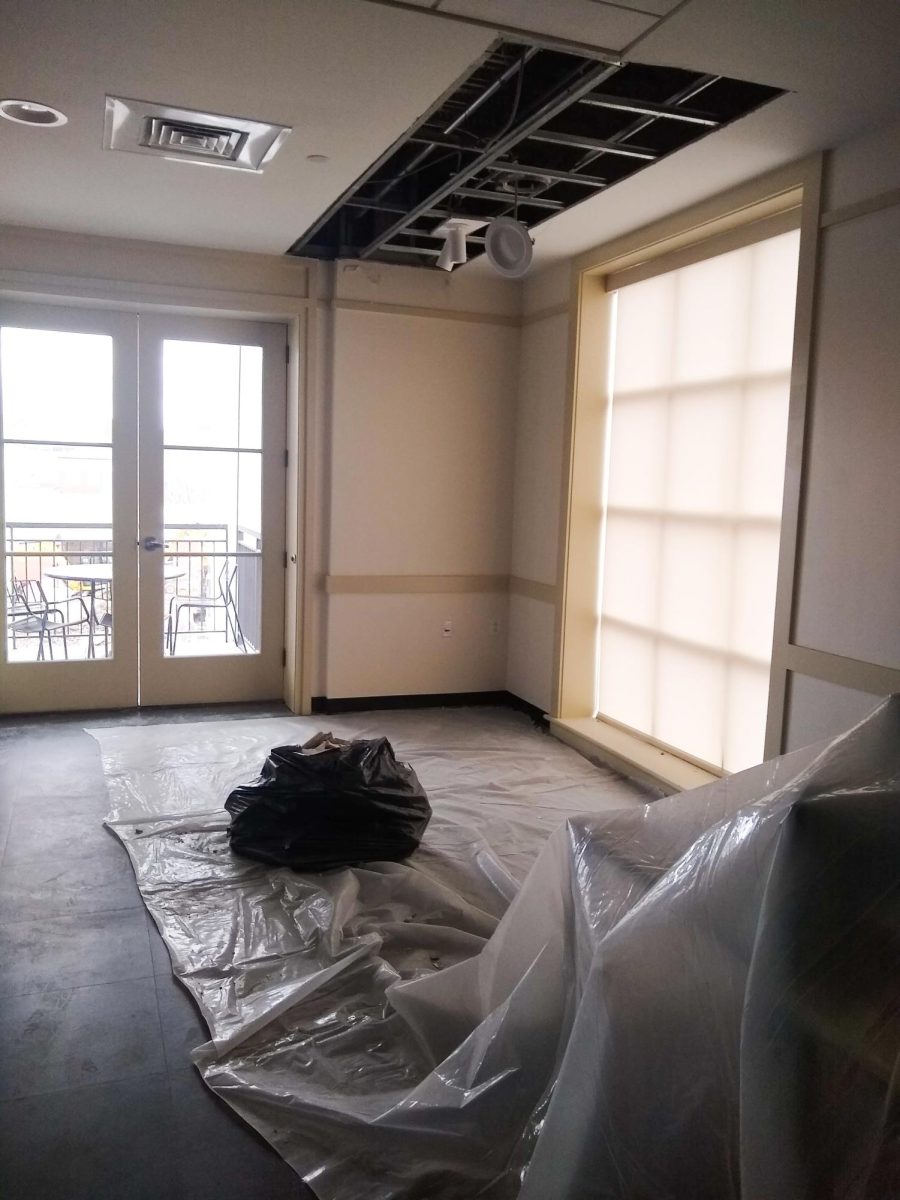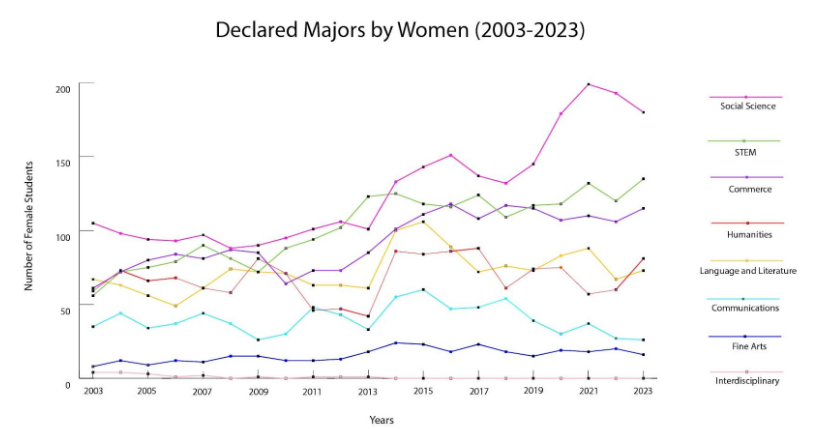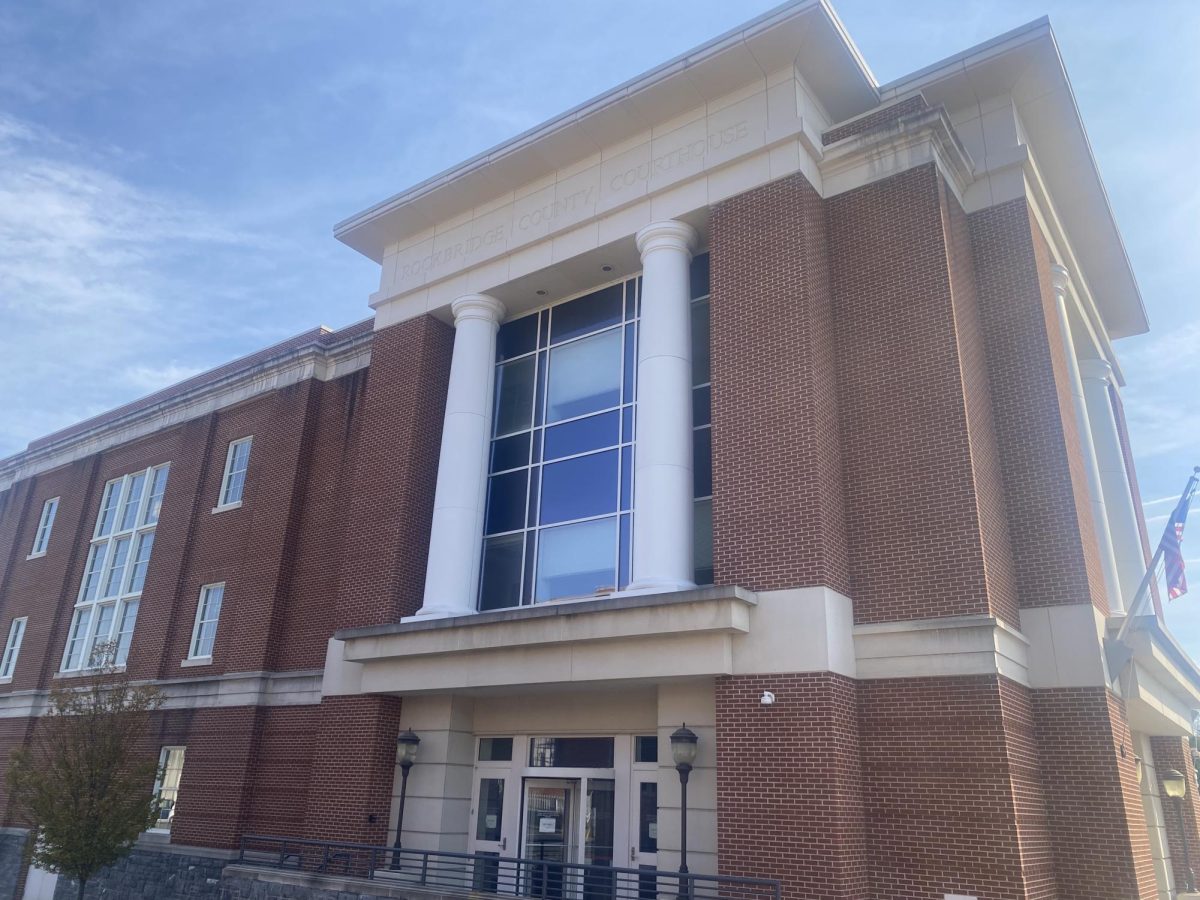Lexington’s recent winter weather offered students delayed classes and views of a snow-covered colonnade, but certain buildings on campus were not prepared for the frigid air.
On Jan. 21, two separate temperature-related incidents led to water leakages and flooding in Elrod Commons and the Health Center, said Executive Director of Facilities Tom Kalasky. Kalasky said a rapid response by University Facilities and Public Safety “minimized the impact to the buildings,” but both malfunctions left a mark.
In Elrod Commons, the low temperatures triggered an automatic response to prevent freezing, in which a ventilation line drained water away from the air handling unit. Kalasky said this is exactly what should happen. However, the system involved had developed a leak, which sent water streaming down through parts of Commons.
Kalasky said the leak originated from a mechanical room above Commons 361, an office belonging to Dean of Student Life David Leonard. Leonard’s workspace sustained no water damage.
Instead, the malfunction affected rooms on the northeastern side of the building, namely the third-floor Executive Committee suite in rooms 340 and 341. Water also reached the second floor, causing minor damage to the Student Publications office in room 226. As of Jan. 26, university contractors were working to replace tiling in both rooms.
The damage directly impacted the Executive Committee, which had planned to hold a weekly business meeting in its offices on Jan. 22. The meeting was moved to the Chavis Boardroom that day and the following week.
Meanwhile, the Student Health Center also experienced the effects of the cold. Part of the center’s sprinkler system froze and broke open on Jan. 21, causing significant flooding on the building’s lower level. Health Center staff “served as first responders” in mitigating flood damage, according to Kalasky.
Both malfunctions occurred during a week of well-below-average temperatures. On Jan. 17, the temperature dropped as low as four degrees Fahrenheit, according to MSN Weather. On the day of the flooding, the low was 11 degrees and the high reached 34 — barely above freezing.
A recent spike in temperature has given the damaged buildings time to recover. With highs in the 60s on some days, the final days of January posed no further threat to campus infrastructure.
Kalasky said he is not worried. He called the incident in Commons a “one time event” — an accident rather than a sign of any serious issues. University Facilities will soon install freeze-resistant measures to the Health Center sprinkler system to protect students and staff against future leakages. The campus community should be able to enjoy future snow days without fear of flooding, Kalasky said.









